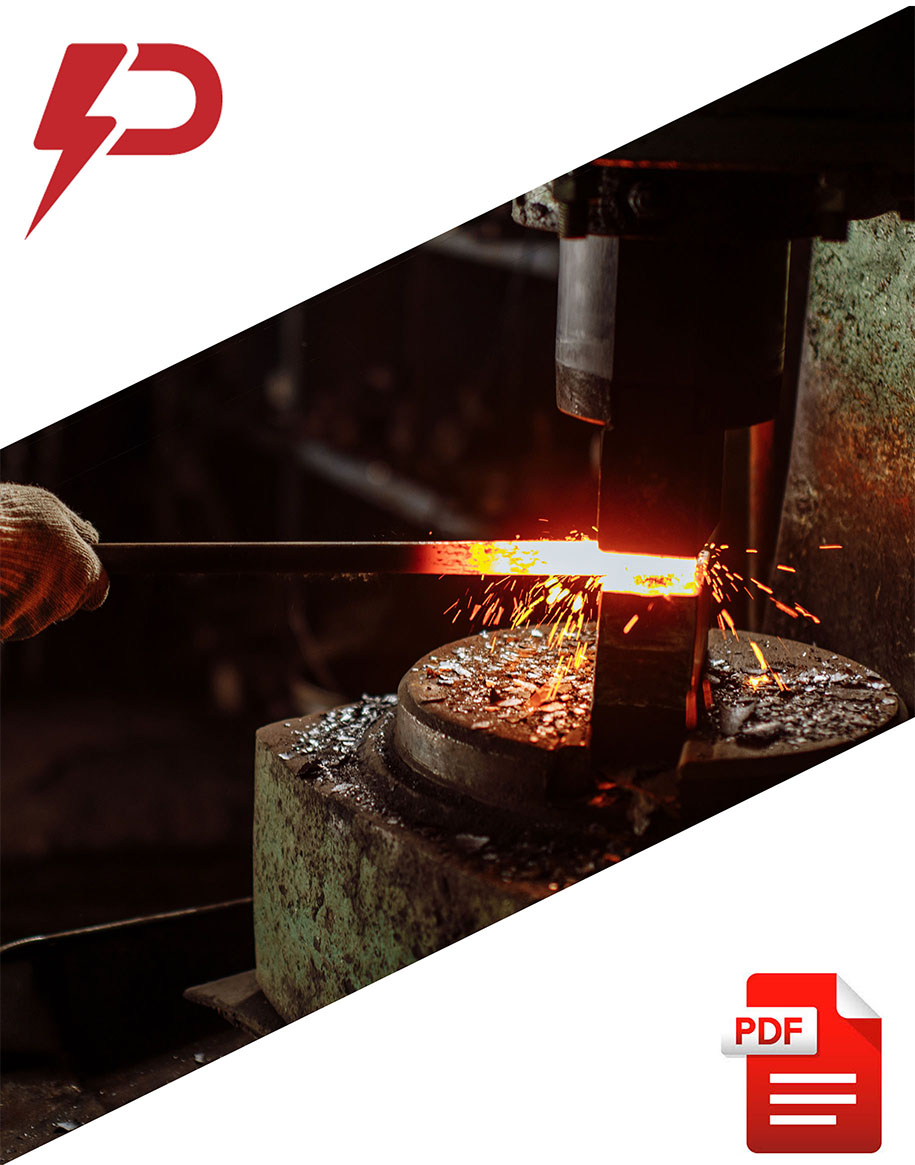Guyed Tower
Guyed Tower, also known as Guyed Wire Tower, is a slender triangular structure designed for maximum elevation and loading at economical costs. These towers stand with support from galvanized steel guy cables anchored to the ground, making them the preferred choice for broadcast communications stations and backbone system providers. The structure typically features high-strength steel tubing construction with solid rod bracing for exceptional strength, available in various face widths from 24 to 60 inches. Guyed Towers can be customized with different bracing sections and torque arm guy points to meet specific loading requirements.
PowerTelcom Guyed Towers come in two primary types: all-welded (WGT) and bolt-together (KDGT) designs. The all-welded towers offer lower erection costs as each section arrives ready to stack, while bolt-together towers allow for future modifications and reduced freight charges. They include integrated climbing ladders with safety climb systems and are hot-dip galvanized after fabrication for durability. Standard designs place anchor points at 70-80% of the tower’s height, though they can be engineered with shorter guying distances when property constraints exist.
Features:
- Triangular design with customizable face widths for various applications
- Hot-dip galvanized finish providing exceptional corrosion resistance
- Complete with climbing ladders and cable-type safety climb systems
- Available in both all-welded and bolt-together construction options
- Engineered to meet or exceed TIA-222-G standards for structural integrity
Frequently Asked Questions (FAQ)
What is a Guyed Tower?
A Guyed Tower is a tall structure used in telecommunications, broadcasting, and meteorology, consisting of a vertical mast supported by guy wires attached to anchor points. These towers provide height and stability to support antennas, communication equipment, and other devices while offering lower construction costs compared to self-supporting towers.
What are the benefits of Guyed Towers?
Guyed Towers offer several advantages: they’re more cost-effective than self-supporting towers, especially for taller structures; they provide excellent stability through guy wire support; they can reach greater heights; they’re flexible enough to accommodate heavier loads and various equipment configurations; and they can be easily expanded or modified.
What are the different types of Guyed Towers?
There are three classifications: Guyed Masts that rely completely on guy wires for stability; Guyed Towers that are free-standing towers with guy wires; and Partially Guyed Towers with a free-standing base section and an additional guyed mast added to the top.
How long does it take to install a Guyed Tower?
Installation time varies depending on tower height, number of guy wires required, terrain conditions, weather, equipment availability, and installation complexity. The process includes foundation pouring, tower assembly, guy wire installation, and equipment mounting, typically taking several weeks to months to complete.
What are the standard sizes of Guyed Towers?
PowerTelcom offers Guyed Towers in multiple configurations with heights ranging from 70m to 130.5m (230 to 428 feet) and face widths from 24 to 60 inches. As a leading manufacturer, we can customize towers according to your specific requirements, including different bracing sections and torque arm guy points.
Can Guyed Towers withstand extreme weather?
When properly designed and constructed, Guyed Towers are engineered to withstand high winds and storms. The guy wires and anchor points provide stability and help distribute forces exerted during extreme weather conditions, making them suitable for various environmental challenges.
What components make up a Guyed Tower system?
A Guyed Tower system consists of tower/mast sections made of steel, a reinforced concrete foundation, main guy wires attached at predetermined levels, anchor points secured to the ground, and tensioning devices like turnbuckles to adjust wire tension during installation or maintenance.
Is grounding necessary for Guyed Towers?
Grounding is critically important for Guyed Towers, providing static and lightning protection. Typically accomplished by driving an eight-foot copper ground rod into the earth near the tower base, proper grounding protects the tower and equipment from damage during lightning strikes.
What are the typical guy wire spacing requirements?
Standard design places guy wire anchor points at 120-degree intervals around the tower base, with anchors positioned at 70-80% of the tower’s height from the center. For example, a 400-foot tower would have anchors about 320 feet from the center, though designs with shorter guying distances (as low as 40%) are possible.
Can guyed towers be modified after installation?
Yes, guyed towers can be modified after installation to address structural weaknesses or accommodate additional equipment. Modification methods include angle and flat-bar diagonal reinforcement, bolt-on guy lugs, and foundation reinforcement to ensure tower stability and strength.
What materials are used in guyed tower construction?
Guyed towers are typically constructed using high-strength steel components, including tubular or round solid legs, angle iron members, and galvanized steel guy cables. The materials vary in thickness and size depending on loading requirements and design specifications.
How many anchor points does a guyed tower require?
Guyed towers typically have either three or six anchor points positioned at 120-degree intervals. The number of anchor points depends on the tower’s height and design economics. Single anchor point configurations are possible but significantly increase costs due to structural reinforcement requirements.
